Understanding the Motorcycle Luggage System
For avid motorcyclists, having a reliable and efficient motorcycle luggage system is essential. Whether embarking on long journeys or short rides, the need to carry personal items, gear, and supplies securely is paramount. In this guide, we delve into the intricacies of motorcycle luggage systems, their various types, and the key features that contribute to making your ride safe and enjoyable.
Definition and Types of Motorcycle Luggage System
A motorcycle luggage system refers to various storage solutions specifically designed to be attached to motorcycles for transporting items. They come in several forms, each catering to different needs and preferences:
- Hard Cases: Made of durable materials, hard cases provide excellent protection against impacts and the elements. They are ideal for long-distance travel, offering secure storage for valuable items.
- Soft Bags: Lightweight and flexible, soft luggage systems adapt easily to the motorcycle’s shape. These are perfect for casual bikers and those who frequently change their gear setup.
- Tank Bags: Mounted on the motorcycle’s gas tank, tank bags offer accessible storage for essential items like maps, snacks, or a phone, making them a convenient option for short trips.
- Tail Bags: Attached to the rear of the bike, tail bags are suitable for carrying additional gear or groceries. Their position helps maintain balance, particularly when loaded correctly.
- Panniers: Typically found on touring motorcycles, panniers are large, side-mounted boxes that provide substantial storage space while enhancing the bike’s aerodynamics.
Key Features to Consider
When selecting a motorcycle luggage system, several key features should be on your checklist:
- Durability: Look for materials that can withstand harsh weather and rough handling. Waterproofing is also a crucial feature to keep your belongings safe.
- Capacity: Consider how much storage you need based on the length of your trips and the type of gear you carry.
- Weight: The weight of the luggage system should be balanced against the bike’s weight, affecting handling and stability.
- Ease of Installation: Systems that can be installed and removed quickly are ideal for riders who prefer versatility.
- Security: Features like lockable closures and securing mechanisms are vital to keep your belongings safe from theft.
Benefits of Using a Motorcycle Luggage System
A well-thought-out motorcycle luggage system can significantly enhance your riding experience by offering numerous benefits:
- Organization: Specialized luggage systems keep your items orderly, making it easier to find what you need during a journey.
- Comfort: Distributing weight correctly reduces physical strain on the rider, contributing to a more enjoyable ride.
- Safety: Properly secured luggage minimizes the risk of items shifting or falling during transit, which helps maintain control of the motorcycle.
- Versatility: Various types of luggage systems can accommodate different riding styles, from touring to commuting.
Choosing the Right Motorcycle Luggage System for Your Needs
Selecting the right motorcycle luggage system requires considering several personal factors that influence your riding habits and lifestyle. It’s a decision that blends practicality with preference.
Assessing Storage Capacity and Use Cases
Start by evaluating your typical riding scenarios:
- Daily Commutes: If you regularly ride to work or run errands, lightweight soft bags or smaller tank bags may suffice.
- Weekend Trips: For short weekend getaways, consider medium-sized soft panniers or tail bags that hold clothes, food, and essentials.
- Long-Distance Journeys: If you are planning longer adventures, hard cases or robust panniers with larger capacities will be necessary to accommodate all your gear including tools, camping supplies, or travel necessities.
Your assessment should focus on how often you travel and the distance to determine the ideal capacity.
Comparing Hard and Soft Luggage Systems
Understanding the differences between hard and soft luggage systems can help make the right choice:
| Feature | Hard Luggage | Soft Luggage |
|---|---|---|
| Weight | Generally heavier | Lighter |
| Durability | Highly durable and protective | Less impact resistance |
| Price | Typically more expensive | Generally more affordable |
| Storage Flexibility | Fixed shape | More adaptable to various shapes |
| Security | More secure (locking mechanisms) | Less secure |
The decision can often come down to preferences in style, budget, and security needs.
Top Brands and Value Options
While we refrain from naming specific brands, it’s important to explore the brand’s reputation, customer reviews, and warranty offerings when choosing a brand. Qualitative factors such as the user experience can provide insights into long-term value. Look for brands with a solid history of providing durable, high-quality products that match your stylistic and functional needs.
Factors Influencing Motorcycle Luggage System Performance
To maximize the efficacy of your chosen system, consider various performance factors that may impact your motorcycle’s handling and your overall riding enjoyment.
Weather Resistance and Material Durability
The climate plays a critical role in luggage performance. Materials that boast weather resistance, such as nylon with waterproof coatings or hard ABS plastics, can shield your belongings from rain or unexpected weather changes. Properly sealed zippers and waterproof linings further enhance their capabilities. Regularly inspect for wear and tear to ensure ongoing resilience.
Weight Distribution and Stability
Correct weight distribution is vital for maintaining stability on the road. Loads should be evenly distributed to avoid negatively affecting the motorcycle’s center of gravity. Excessive weight on the back or side can lead to handling difficulties and compromise safety. Ensure heavier items are placed low and towards the center of the motorcycle.
Accessibility and Ease of Use
Accessibility pertains to how easily you can reach your belongings while on the road. Systems with quick-release mechanisms or that are positioned within easy reach can minimize disruption during rides. Practical features like additional external pockets for frequently used items can further enhance convenience.
How to Properly Install Your Motorcycle Luggage System
Step-by-Step Installation Guide
Though the steps may differ based on the specific system you choose, a general guideline includes:
- Prepare Your Motorcycle: Clean the mounting area to ensure a secure fit and check for pre-existing mounting hardware.
- Place the Luggage System: Position the luggage system according to the manufacturer’s guidelines, ensuring it does not obstruct the bike’s functions.
- Secure the Mounting Mechanism: Use the appropriate tools to secure the luggage firmly. Double-check all fasteners for tightness.
- Test the Stability: Gently shake the luggage system to ensure it is firmly attached before heading out.
- Final Adjustments: Make any necessary adjustments based on load requirements and ensure accessibility.
Safety Considerations During Installation
Safety should be a priority during installation. Always wear protective gear including gloves and goggles to prevent injury from sharp tools or components. Ensure you are working in a well-lit environment and avoid any distractions during the installation process.
Common Installation Mistakes to Avoid
Here are some common pitfalls that can compromise effective installation:
- Not reading the manufacturer’s instructions thoroughly can lead to various problems, such as misalignment or inadequate security.
- Overloading the luggage system can cause structural failure, so always consult the weight recommendations.
- Failing to properly secure all fastenings can lead to instability and potential loss of items while riding.
Maintaining Your Motorcycle Luggage System for Longevity
Maintenance is essential to ensure the longevity and performance of your motorcycle luggage system. This section provides insights into proper upkeep.
Cleaning and Care Tips
Regular cleaning helps preserve the material and functionality. Recommendations include:
- For soft bags, use mild soap and lukewarm water, scrubbing gently to remove dirt and stains.
- Hard cases can be cleaned with automotive wash products and dried with a soft cloth to prevent scratches.
- Check zippers and fasteners regularly for dirt build-up, cleaning as necessary to maintain smooth operation.
Inspection Checklist for Your Luggage System
Establishing a routine inspection process can help spot issues before they escalate. Consider checking the following:
- Inspect the material for signs of wear or damage.
- Ensure all fasteners are secure.
- Check for leaks and waterproof functionality regularly, replacing components if necessary.
- Review structural integrity, particularly if the luggage system was subjected to harsh conditions or impacts.
Upgrades and Modifications to Enhance Functionality
Over time, you may find the need to enhance your luggage system’s functionality. Some ideas include:
- Adding internal organizers or separators to compartmentalize items effectively.
- Incorporating reflective materials or outer pockets for better visibility and easy access.
- Upgrading to newer models that offer enhanced features or materials based on the latest technology.
Conclusion
Incorporating a reliable motorcycle luggage system into your riding arsenal can drastically transform your experience on the road. Understanding the options, features, and best practices enables you to make informed decisions that align with your riding needs and style. By maintaining your luggage system and selecting components thoughtfully, you can look forward to countless enjoyable journeys ahead.
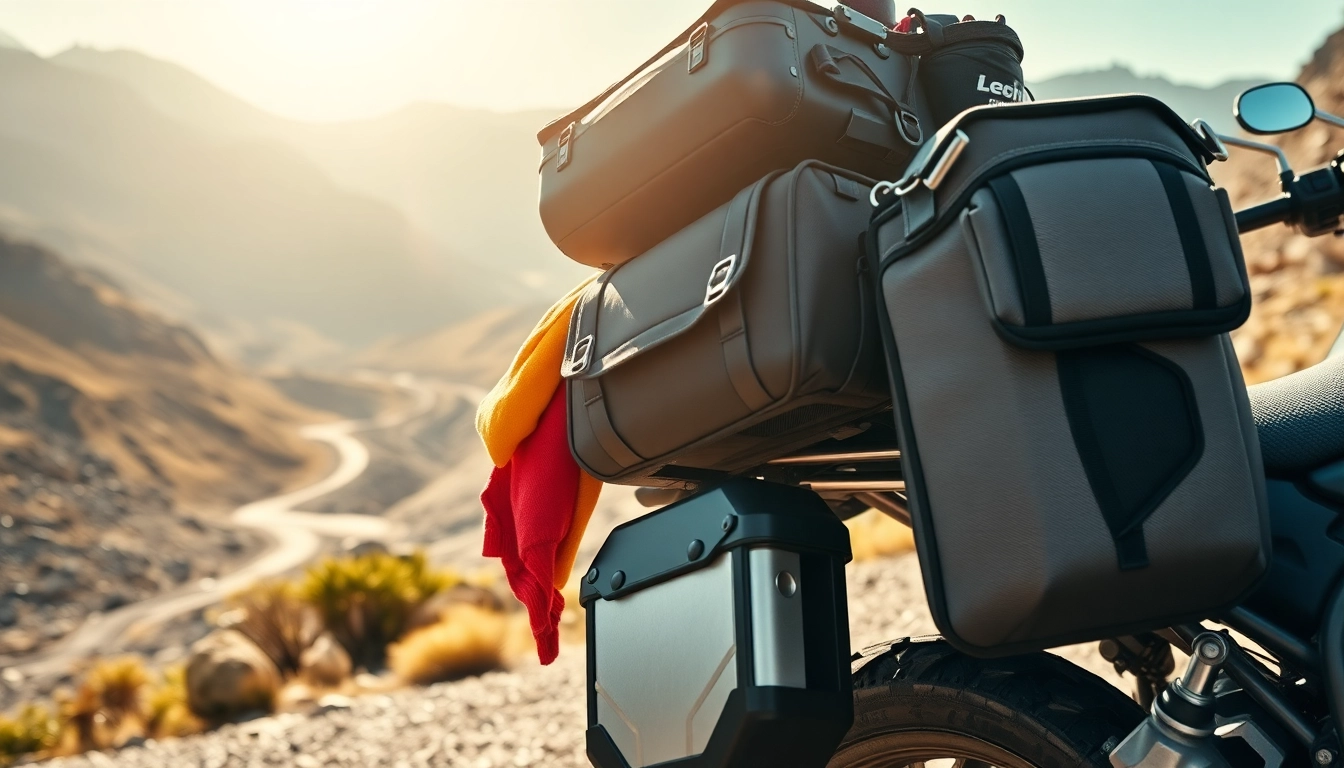
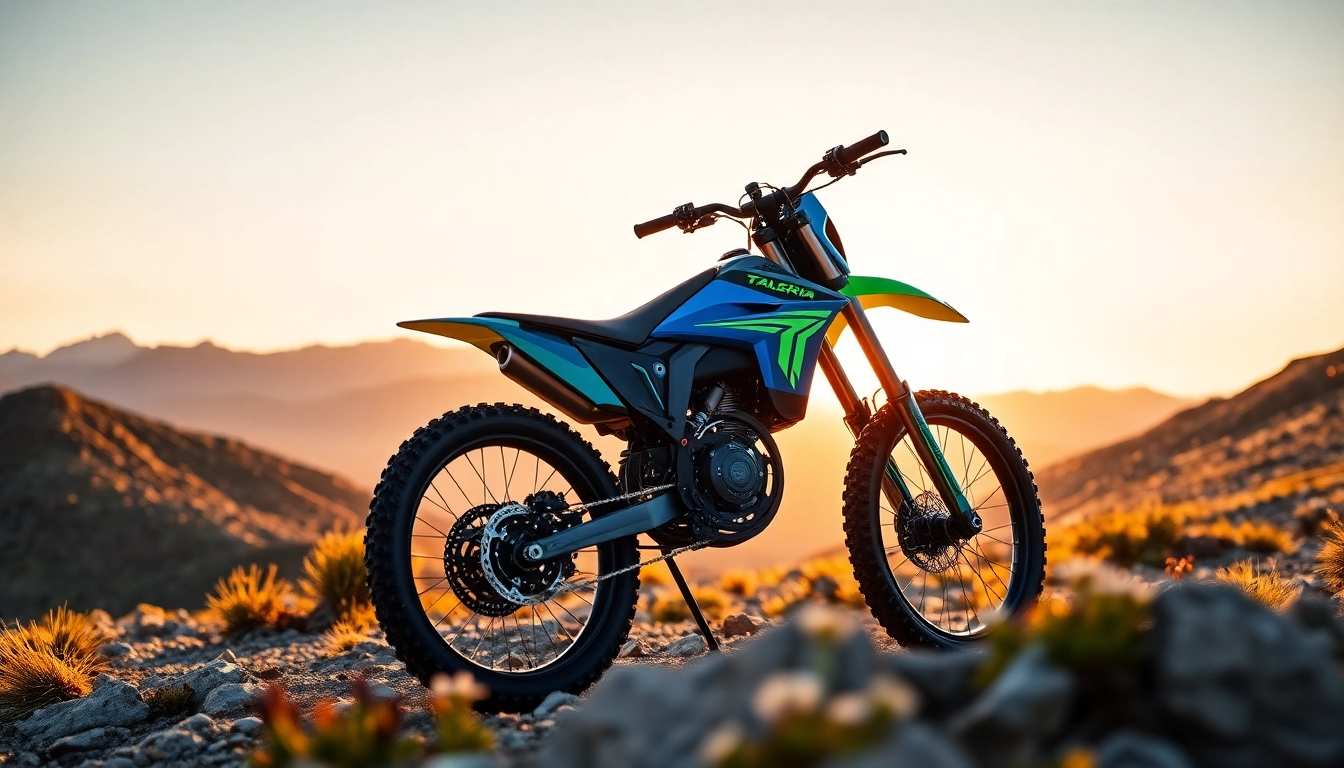
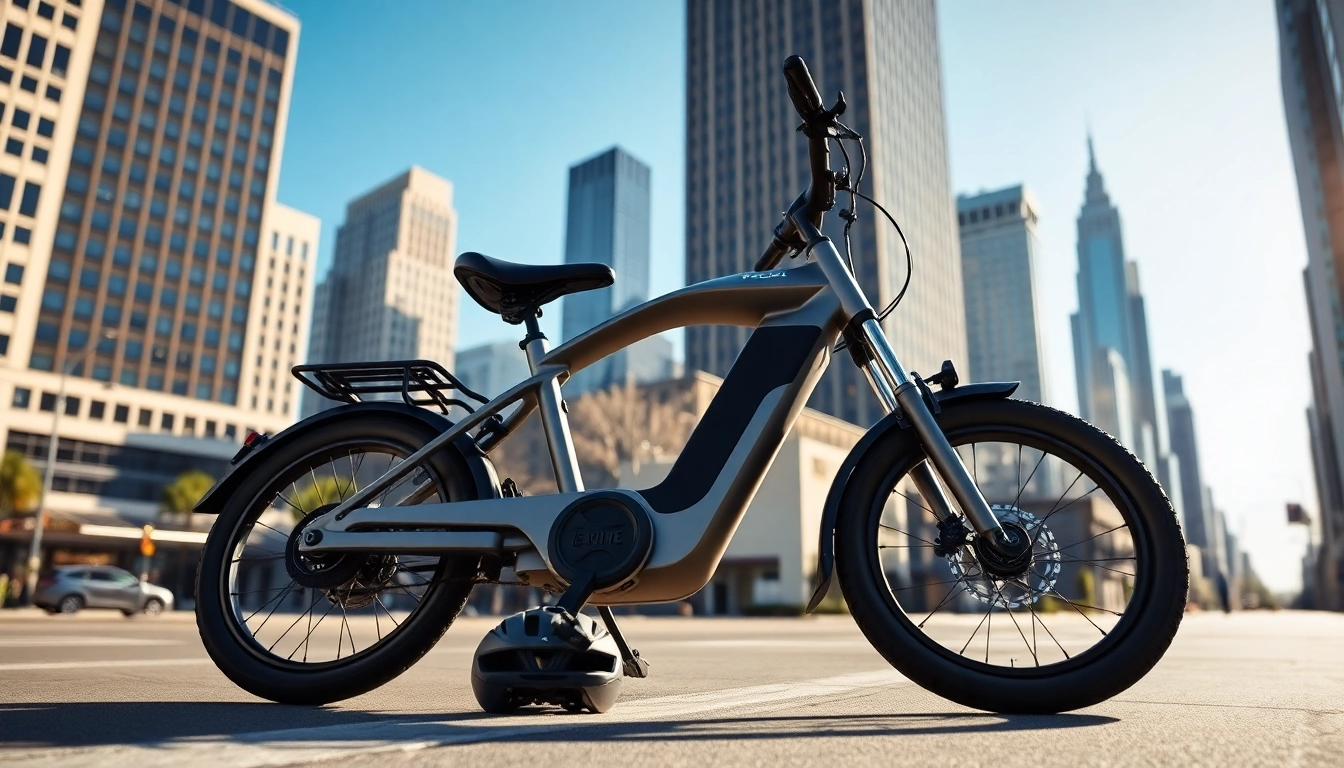
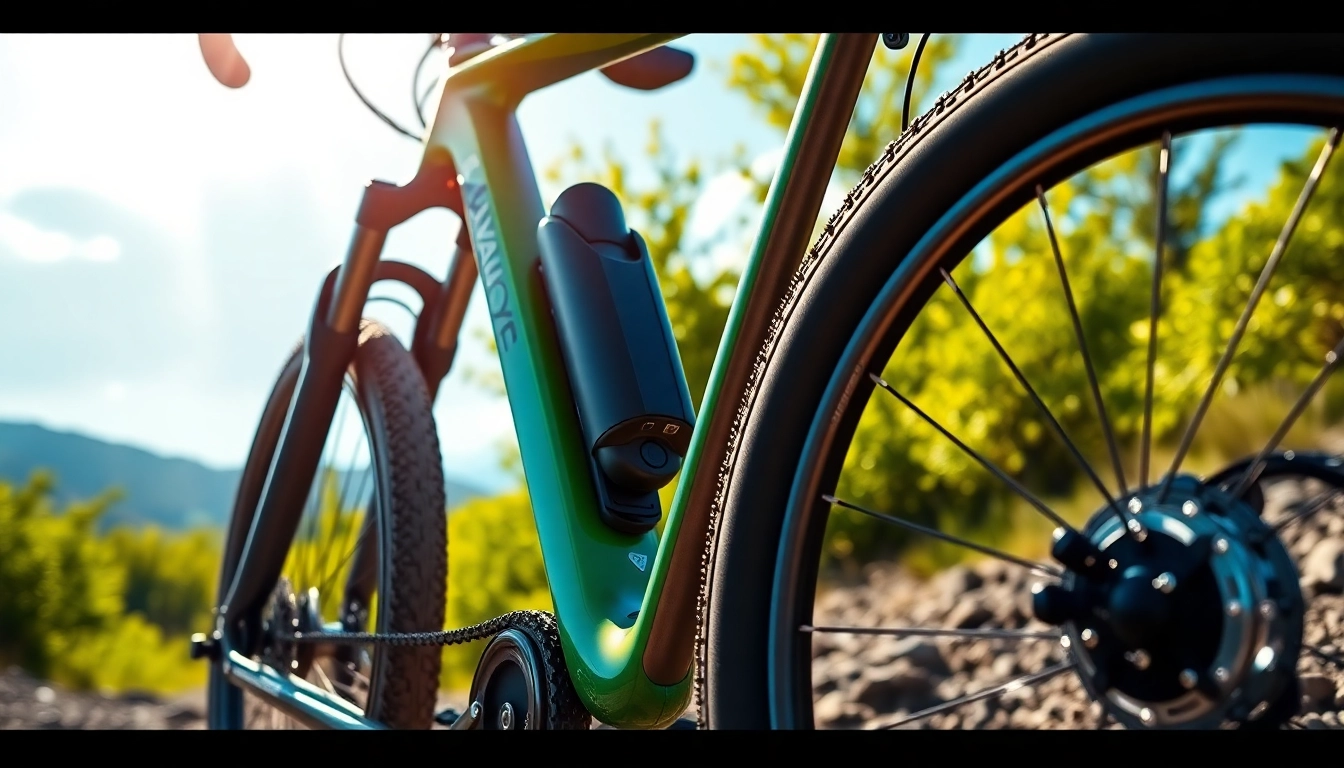
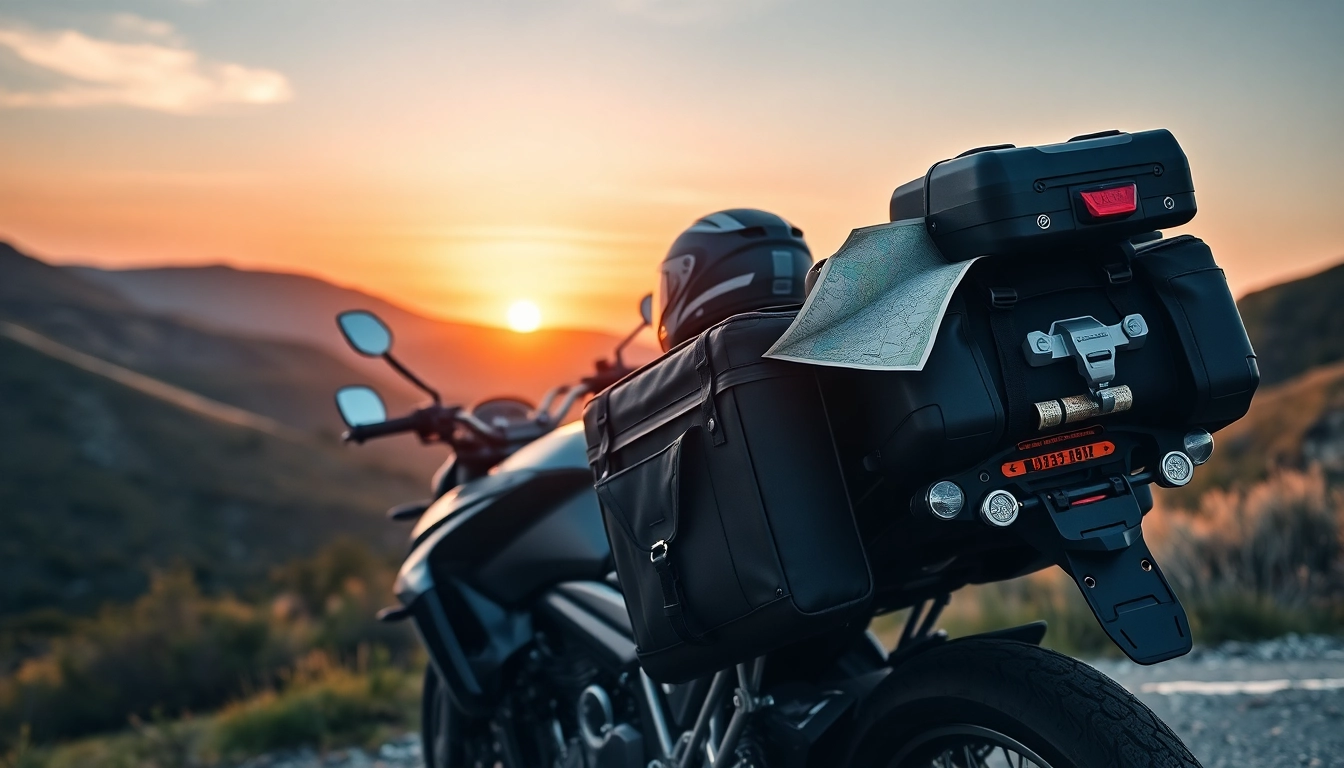



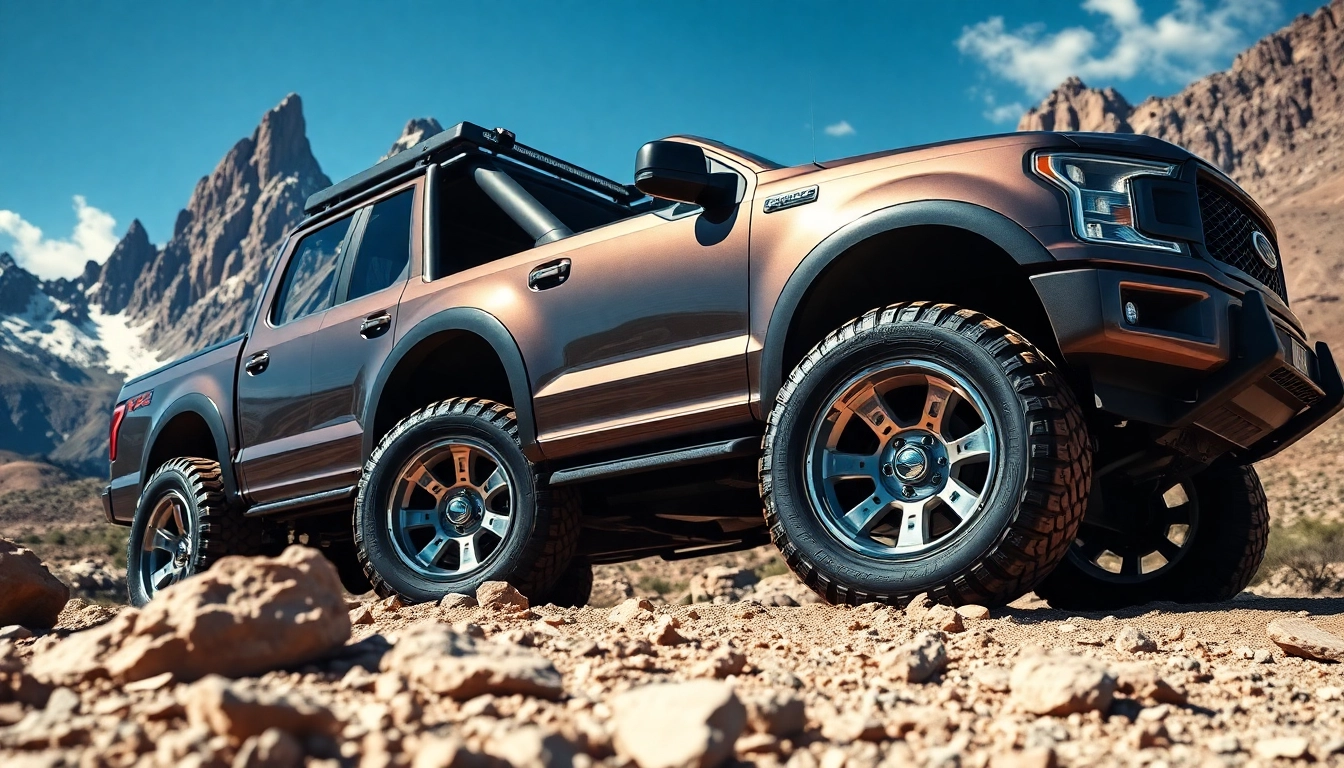



Leave a Reply